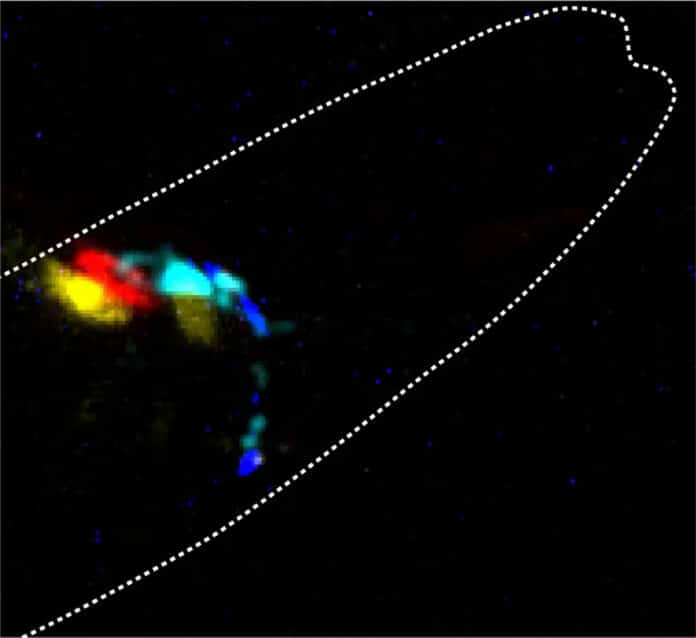Controlling the connections between neurons might help us better understand and cure neurological illnesses, restructure or fix damaged neural circuit failures, enhance our learning capacity, or broaden our repertoire of behaviors. Neuronal activity can be controlled in a variety of ways.
It has been attempted to use light, a relatively recent method, to control neural activity. It entails genetically altering neurons to make the target cells express light-sensitive proteins, ion channels, pumps, or certain enzymes. Researchers can more precisely control the activity of specific populations of neurons using this method.
Yet there are some restrictions. When light scatters within the brain tissue, it must be given very close to the neurons to acquire sufficient resolution at the level of the synapsis. As a result, it often necessitates outside interventions and is intrusive. Also, the intensity required to reach the targeted cells may be damaging to them.
To address these issues, a group of ICFO researchers has developed a system that regulates neural activity using photons rather than chemical neurotransmitters. The ICFO researchers have developed a method to connect two neurons using luciferases, light-emitting enzymes, and light-sensitive ion channels.
The system- named PhAST -short for Photons as synaptic transmitters- in the roundworm Caenorhabditis elegans, a model organism widely used to study specific biological processes. PhAST uses the enzyme luciferases to send photons, rather than chemicals, as communicators between neurons, simulating how bioluminescent animals use photons.
The team genetically altered the roundworms to have defective neurotransmitters, rendering them unresponsive to mechanical stimuli, to investigate if photons could encode and convey the activity status between two neurons. They sought to use the PhAST method to fix those flaws. Second, they created luciferases, light-emitting enzymes, and chose light-sensitive ion channels.
They created a device that applied mechanical stress to the animal’s nose while also monitoring the activity of calcium, one of the most significant ions and intracellular messengers, in the sensory neurons to track the information flow.
The team had previously created a new microscope by streamlining a fluorescence one, removing all the unnecessary optical components like filters, mirrors, or the laser itself, and assisting with machine learning to reduce the noise from the external light sources. This allowed them to study bioluminescence and see the photons.
The PhAST system was then put to the test in several studies, and it was successful in using photons to convey neural states. They could repair a damaged circuit by establishing a new transmission between two disconnected cells. Also, they altered the animals’ responses to olfactory stimuli, turning appealing behavior into unpleasant behavior, and analyzed the calcium dynamics during egg-laying.
These findings show that the PhAST system enables the synthetic alteration of animal behavior and that photons can behave as neurotransmitters and enable communication between neurons.
The potential applications for light as a messenger are numerous. It has wide-ranging implications for both basic research and clinical applications in neuroscience because photons can be used in different kinds of cells and by various animal species.
With new techniques for imaging and mapping brain activity with higher spatial and temporal resolution, using light to control and monitor neuronal activity can aid researchers in better understanding the underlying mechanisms of brain function and complex behaviors, as well as how different brain regions communicate with one another. Also, it might aid in the development of novel therapies and, for instance, aid in the mending of harmed brain connections without the need for intrusive operations.
However, there are still some limitations to the widespread use of the technology, and further improvements in the engineering of the bioluminescent enzymes and the ion channels or in the targeting of molecules would allow controlling optically the neuronal function, non-invasively and with higher specificity and precision.
Journal Reference:
- Porta-de-la-Riva, M., Gonzalez, A.C., Sanfeliu-Cerdán, N. et al. Neural engineering with photons as synaptic transmitters. Nat Methods (2023). DOI: 10.1038/s41592-023-01836-9
